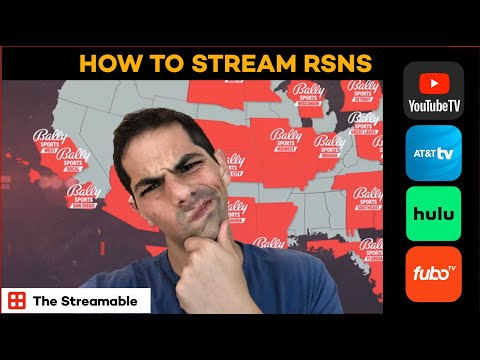How Are Sports Stadiums Funded?
Contents
How are sports stadiums funded? It’s a common question with a variety of answers. Here’s a look at some of the most common ways.
Checkout this video:
Introduction
Most sports stadiums are funded through a mix of public and private sources. The exact mix varies depending on the team, the location, and the stadium itself. Private sources of funding can include things like team ownership, corporate sponsorships, and revenue from stadium events. Public sources of funding can include things like taxpayer dollars, city bonds, and state grants.
In some cases, stadiums are completely privately funded. In other cases, they are primarily publicly funded. It all depends on the situation. Some stadiums have been known to use creative financing methods, such as naming rights deals and luxury box sales, to help pay for construction and operations costs.
Public Funding
In the United States, the three major ways sports stadiums are funded are through public funding, private funding, or a combination of both. Let’s take a more in-depth look at public funding for sports stadiums. Sports stadiums are expensive, and most of the time, it is the taxpayers who foot the bill.
Taxes
Local and state governments typically use tax revenue to fund the construction of sports stadiums. One way to generate tax revenue is through bonds, which are essentially loans that are paid back over time with interest. Another way to generate tax revenue is through taxation. This can be done through income taxes, sales taxes, or property taxes. For example, the City of Seattle imposes a 10% admissions tax on all tickets sold for events at CenturyLink Field, home of the NFL’s Seahawks and MLS’s Sounders.
Municipal Bonds
Municipal bonds are a common way for state and local governments to finance sports stadiums. The municipality issues the bond, which is then bought by investors. The municipality uses the money from the bond sale to finance the stadium. The investors are then repaid over time, with interest.
Municipal bonds are attractive to investors because they are generally exempt from federal taxes, and in some cases, state and local taxes as well. This makes them a relatively low-risk investment. However, there is always a risk that the municipality will not be able to repay the bonds, which could lead to losses for the investors.
Private Funding
Private funding for sports stadiums has become more popular in recent years. The main reason for this is that it is a way for the team to get a new stadium without using any public money. Instead, the team owner or the league pays for the stadium. This can be done a number of ways.
Corporate Sponsorships
Sports stadiums are built with a variety of funding sources, but one of the most important is corporate sponsorship. Large companies will often pay to have their name associated with a stadium, and this can provide a significant source of revenue.
Corporate sponsorships can take a variety of forms, from naming rights to advertising on the stadium itself. Companies will also often purchase suites or other premium seating options for their employees and clients. In some cases, companies may even help finance the construction of the stadium itself.
Corporate sponsorship is an important source of revenue for many sports teams and can help to ensure that stadiums are built and maintained. If you are interested in purchasing corporate sponsorship for your sports team or stadium, be sure to contact a professional marketing or sales company that specializes in this area.
Naming Rights
One of the most popular ways for stadiums to secure funding is through naming rights. This is when a corporation or other entity pays to have their name associated with the stadium. For example, the home of the New York Jets and the New York Giants is officially named MetLife Stadium. Other well-known examples include AT&T Stadium, home of the Dallas Cowboys, and Lucas Oil Stadium, home of the Indianapolis Colts.
Naming rights deals can be extremely lucrative for stadiums. In 2017, Mercedes-Benz agreed to pay $360 million over 27 years to have its name on the stadium currently under construction for the Atlanta Falcons. Per Forbes, that agreement is the richest ever for an NFL stadium.
Personal Seat Licenses
A personal seat license (PSL) is a license that gives the holder the right to purchase tickets for a specific seat in a stadium or arena. PSLs are usually sold by professional sports teams when they move into a new stadium as a way to generate revenue.
The price of PSLs can vary widely, depending on the team and the location of the seat. For example, PSLs for the Dallas Cowboys’ new stadium cost between $1,500 and $150,000, while PSLs for the San Francisco 49ers’ new stadium cost between $2,000 and $80,000.
PSLs are typically valid for the life of the stadium and are transferrable. However, some stadiums have rules that limit the ability to transfer PSLs or require holders to pay a fee to transfer them.
Personal seat licenses can be a great way for fans to secure their seats at a new stadium. However, they can also be very expensive, so make sure you do your research before making a purchase.
Conclusion
The main ways that sports stadiums are funded are through public funds, private funds, or a mix of both. In some cases, teams will also use their own funds to build a stadium. Public funding for stadiums usually comes from taxpayers through their city or state government. This can be done through taxes, bonds, or other revenue sources. Private funding for stadiums usually comes from the team itself or from private investors. In some cases, the stadium may also be funded by a combination of public and private funds.







